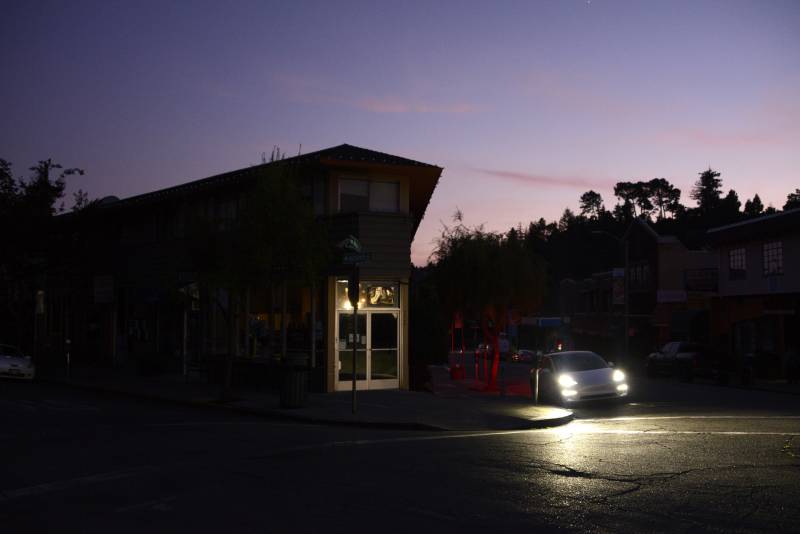After an alert about a potential power shutoff, PG&E suggests preparing to be without power for more than 48 hours. If a power shutoff affects a large number of customers, it can take multiple days for the utility to do safety checks and get the power turned back on. In some cases, it might be best to stay with family or friends during the outage.
Things to do in advance of a power shutoff, according to PG&E:
- Create an emergency kit with enough water and nonperishable food to last up to a week. (Here's what we suggest goes in an emergency bag in case of a fire — with COVID-19 in mind.)
- Charge your cellphone and any necessary devices. Have additional batteries for any medical devices that require electricity. If you don't have a landline or your landline won't work without power, then have backup batteries for any cellphones as well.
- Have a list of emergency contacts prepared.
- If you plan to use a generator, check it beforehand to ensure it is ready to go and will operate safely.
- Have flashlights and extra batteries on hand. (Try to avoid using candles.)
- Have extra cash on hand and a full tank of gas. ATMs and gas stations may not work during a power outage.
- Make sure you know how to manually open any door that requires electricity, such as garage doors or building doors that require key cards.
If you rely on power for medical needs, you may need to talk to your doctor in advance about how to prepare with medications or mobility needs. If possible, you may want to stay with a family member or friend who has power. You can register for PG&E's medical baseline program, if you have a life-assisting medical device, which will qualify you for lower rates and provide you with additional advance notification.
What to do during a power shutoff
Once the power is off, keep in mind that emergency responders may be dealing with their own backup power needs and any emergency medical situations that come up. Do not call 911 unless it's an emergency. Additionally, infrastructure, such as traffic lights, may be impacted — so proceed with caution. San Jose has asked residents to avoid driving if the power is shut off and to stop at dark signals.
- Unplug or turn off any appliances and equipment to prevent damage from surges when the power is restored. (PG&E recommends keeping one lamp turned on to alert you when the power is back, and to then turn each appliance back on one by one.)
- A refrigerator can keep food cold for about four hours and a freezer for about 48 hours — if they're kept closed. Plan to rely on coolers with ice.
- Use generators, camp stoves and grills outdoors only.
- You may also want to check to see if there are cooling centers in your area.
As always, you should also consider checking on neighbors, especially those who may need assistance.
